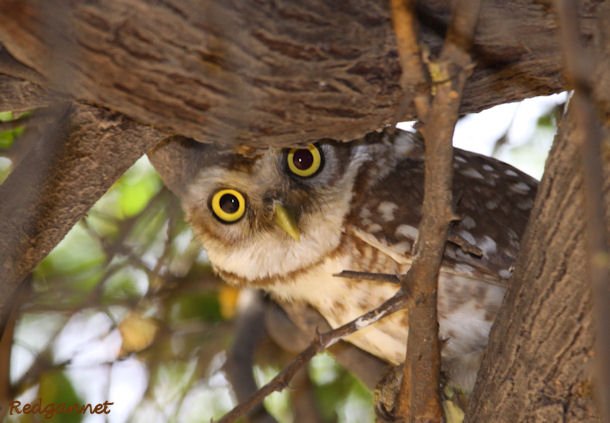
As we pass the autumnal equinox, days shorten and nights become colder and longer. Many countries have celebrations to stave off the cold of approaching winter. In the UK we are eternally pleased that Guy Fawkes chose November for his fireworks party, which we commemorate annually by blowing up the Houses of Parliament.
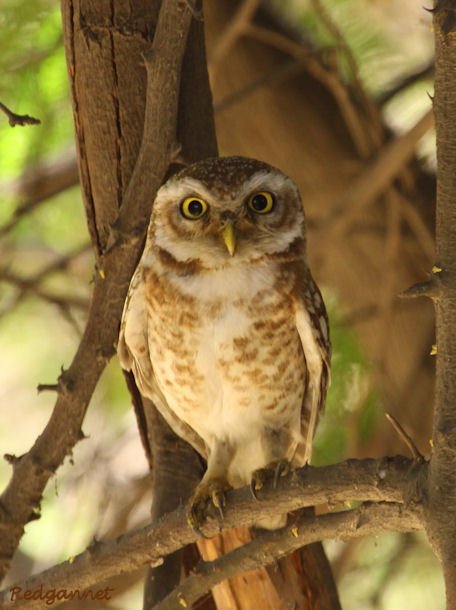
Around this time, Hindu devotees of the Goddess Lakshmi look forward to Diwali, the festival of lights. It is a moveable, 5-day feast, normally held between the middle of October and the middle of November (starting November 3rd in 2013). Lakshmi is noted among Hindus as the Goddess of Wealth, Prosperity and Good Luck and for her role as the consort of the God, Vishnu. Prayers are offered daily and at this special time of year, her many names are chanted in devotion. One of these names is Ulkavahini, the one who rides an owl.
Lakshmi rides an owl as her Vahana (a spirititual being or animal that transports a God) and the Spotted Owlet has been chosen to represent the family. Its Latin name, Athene Brama, obliquely acknowledges it’s importance in Hindu culture with a hat-tip to Brahma.
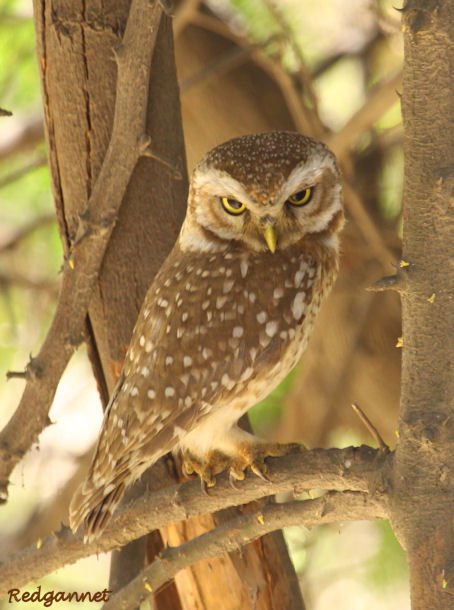
Common throughout India with a range that covers much of South-east Asia, it can often be seen around habitation where it catches small rodents, insects and invertebrates. Among many similarities to their close relation, the Little Owl, Athene Noctua, they are also the owl most likely to be seen by day in this part of the world.
Their breeding season occurs from Danteras (no doubt sparked by the celebrations) to Hanuman Jayanti, the birthday of Rama’s devotee (that’s early November to early April in case you don’t adhere to the Hindu Calender).

If you enjoyed this post and would like to see more great images of birds, go to our 10,000 Clicks section where you will find our big (and growing) gallery page here at 10,000 Birds.


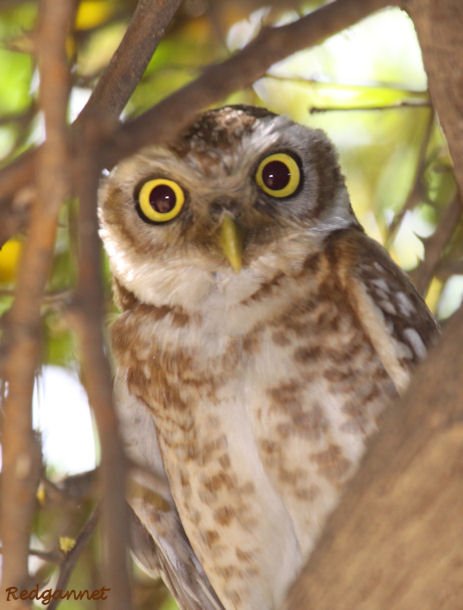
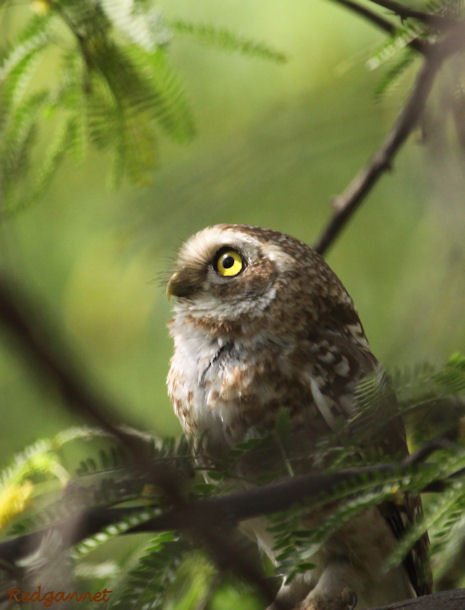







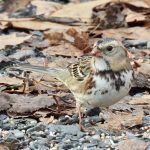
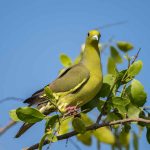


Amazing post. My head is still spinning. Beautifully done!!
LOVE. For real! What amazing images!